A floating shelf is a modern and sleek shelving option that appears to "float" on the wall without any visible brackets or supports. Unlike traditional shelves that rely on visible hardware, floating shelves use hidden mounting systems, which give them a clean, minimalist look. This design not only enhances the aesthetics of a room but also maximizes storage space without creating visual clutter. Floating shelves are versatile, functional, and suitable for various interior styles, from contemporary to rustic.
In this article, we will explore the concept of floating shelves, their advantages, and practical uses, as well as answer key questions like what to put on a floating shelf and what sizes do floating shelves come in. Whether you're looking to display decorative items or organize essentials, floating shelves are an excellent choice for adding both style and functionality to your home.
How Do Floating Shelves Work?
Floating shelves are designed to be mounted directly onto walls with concealed brackets or metal bars that are installed inside the shelf. These hidden supports provide the necessary strength to hold the shelf and its contents securely, while maintaining a clean, seamless appearance. This innovative mounting system allows floating shelves to blend effortlessly into any room, whether in the living room, kitchen, bedroom, or bathroom.

The installation process typically involves anchoring the brackets or bars into the wall studs for added stability. Once the mounting hardware is in place, the shelf slides onto the supports, giving the illusion that it’s "floating" on the wall.
Advantages of Floating Shelves
There are several reasons why floating shelves have become a popular choice for homeowners and designers alike:
1. Minimalist Aesthetic
The sleek, bracket-free look of floating shelves is perfect for achieving a minimalist aesthetic. They offer a clean, uncluttered appearance that complements modern and contemporary interiors. Floating shelves can be used to display a few carefully curated items, creating a simple and sophisticated design statement.

2. Space-Saving Design
Because floating shelves don’t require bulky brackets or supports, they take up less visual space, making rooms feel more open and airy. This is especially beneficial in small spaces or apartments, where maximizing space is essential. Floating shelves are a great way to add storage and display areas without overwhelming the room.

3. Versatility
Floating shelves are incredibly versatile and can be used in virtually any room of the house. Whether you’re looking to display books in the living room, organize toiletries in the bathroom, or showcase dishes in the kitchen, floating shelves offer a stylish and functional solution. They can be installed at any height and can be customized to suit various design preferences.

4. Easy to Customize
Floating shelves come in a variety of materials, finishes, and sizes, making it easy to customize them to fit your décor. From natural wood to sleek metal or glass, floating shelves can be tailored to match your personal style and the overall aesthetic of your home. The shelves can also be painted or stained to blend in with your walls or stand out as a decorative feature.

What to Put on a Floating Shelf
One of the most common questions homeowners ask is what to put on a floating shelf. The possibilities are endless, but it’s important to strike a balance between functionality and aesthetics. Here are a few ideas to help you style your floating shelves:
1. Decorative Items
Floating shelves are perfect for displaying decorative items like framed photos, vases, sculptures, and candles. Choose a few pieces that complement each other in terms of color and style to create a cohesive display. Remember to leave some empty space between items to avoid overcrowding and maintain a clean look.

2. Books
Books can be a stylish and practical addition to your floating shelves. You can stack them horizontally or vertically, depending on the height of the shelf and the size of the books. Adding a mix of decorative bookends or small plants alongside the books can create a visually interesting display.

3. Plants
Small plants, such as succulents or trailing vines, can add a touch of greenery to your floating shelves. Not only do plants brighten up the space, but they also introduce an element of nature to your interior. Just make sure the plants are placed in areas with enough light and are easy to water without damaging the shelf.

In the kitchen, floating shelves can be used to display or store everyday kitchenware such as dishes, glassware, mugs, or spices. Opt for open shelving to showcase your collection of beautiful ceramic dishes or glasses, and add a few decorative touches like a vase of fresh herbs or a small potted plant.

5. Bathroom Essentials
Floating shelves in the bathroom can be both functional and decorative. Use them to organize towels, toiletries, or skincare products while adding decorative items like candles or a small basket for a more luxurious feel. Keeping the shelves clutter-free helps maintain a spa-like atmosphere.

What Sizes Do Floating Shelves Come In?
Another key consideration when choosing floating shelves is what sizes do floating shelves come in. Floating shelves are available in a wide range of sizes, making them suitable for various applications and spaces. The size of the shelf you choose will depend on the items you plan to display and the available wall space.

1. Standard Sizes
Floating shelves typically come in standard lengths ranging from 12 inches to 72 inches. Shorter shelves (12-24 inches) are ideal for smaller spaces or creating a series of shelves in a staggered arrangement. Longer shelves (48-72 inches) work well in larger rooms or when you want to create a bold statement with a single, expansive shelf.
2. Depth
The depth of floating shelves generally ranges from 4 inches to 12 inches. Shallow shelves (4-6 inches) are perfect for displaying smaller items like picture frames, decorative objects, or small plants. Deeper shelves (10-12 inches) are better suited for larger items such as books, kitchenware, or storage baskets.
3. Thickness
Floating shelves also vary in thickness, with most shelves ranging from 1 inch to 3 inches thick. Thicker shelves provide a more substantial, bold look, while thinner shelves offer a more lightweight, minimalist appearance. The thickness of the shelf can also affect its weight capacity, so be sure to choose a thickness that supports the items you plan to display.
How to Install Floating Shelves
Installing floating shelves requires precision and care to ensure they are securely mounted. Here’s a general guide on how to install them:
- Locate Wall Studs: Use a stud finder to locate the studs in your wall, as securing the shelf to studs will provide better support.
- Mark Shelf Placement: Measure and mark the desired placement of your shelf, ensuring it is level.
- Install Mounting Brackets: Drill holes into the wall where the shelf will be mounted, then secure the hidden brackets or support bars to the wall.
- Mount the Shelf: Once the brackets are secured, slide the shelf onto the brackets and ensure it’s firmly in place.
Conclusion
SpryInterior's Floating shelves are a versatile and stylish way to add storage and display space to any room. Their minimalist design and hidden support system give them a sleek, modern appearance that complements a variety of interior styles. Whether you're wondering what to put on a floating shelf or what sizes do floating shelves come in, the options are vast, allowing you to tailor them to your specific needs.
Brands like SpryInterior offer a wide range of beautifully crafted floating shelves made from natural wood, combining both form and function. These shelves are designed to showcase your most treasured items while enhancing the overall aesthetic of your space. By incorporating floating shelves into your home, you can create an organized, stylish, and functional environment.


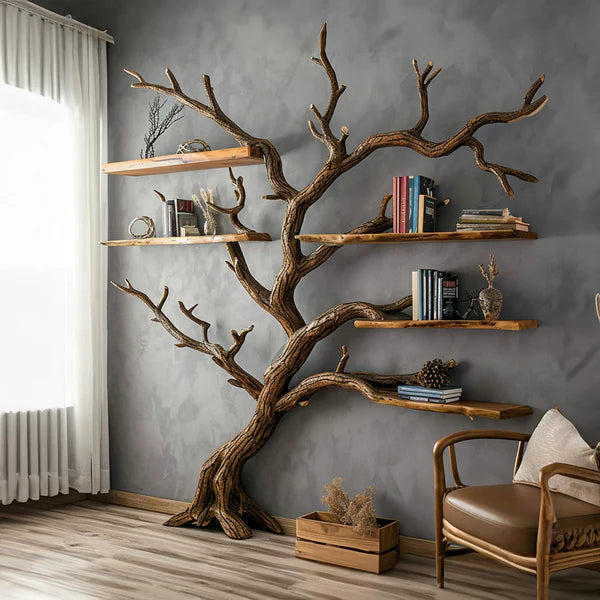
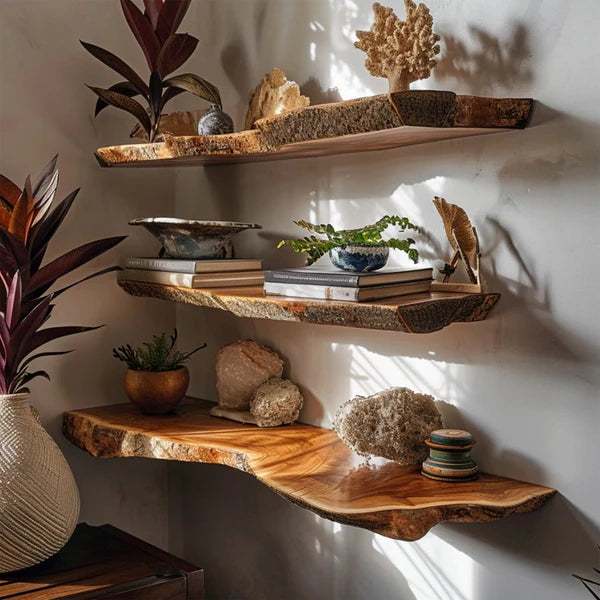
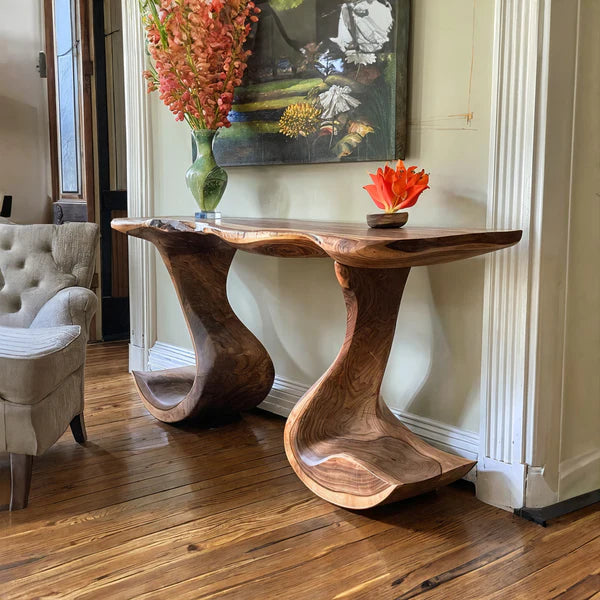
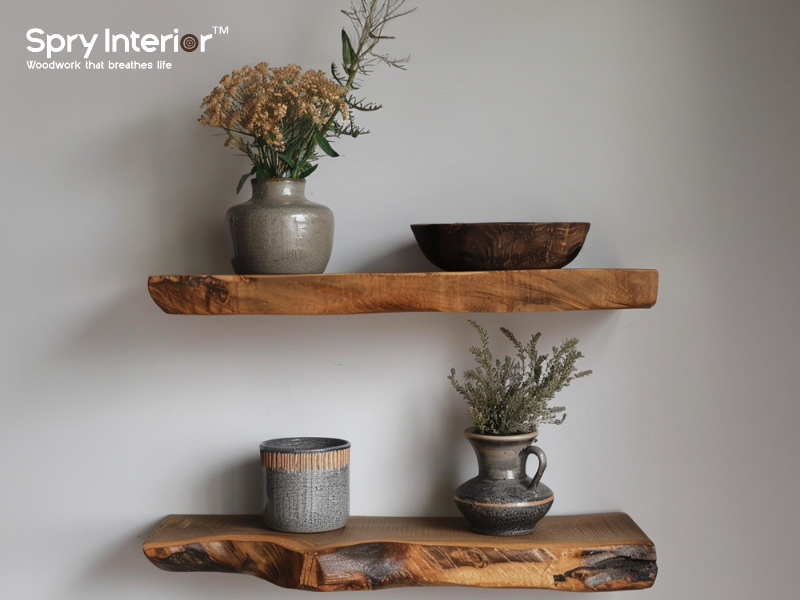
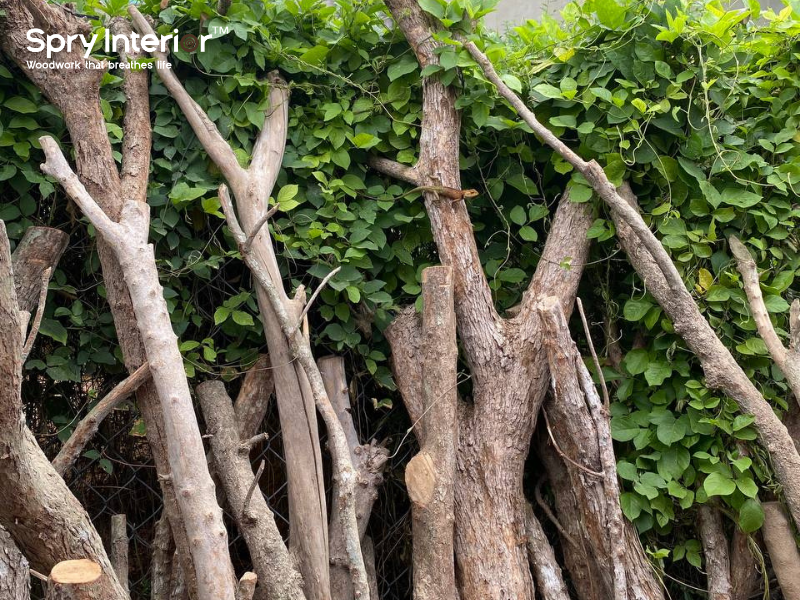
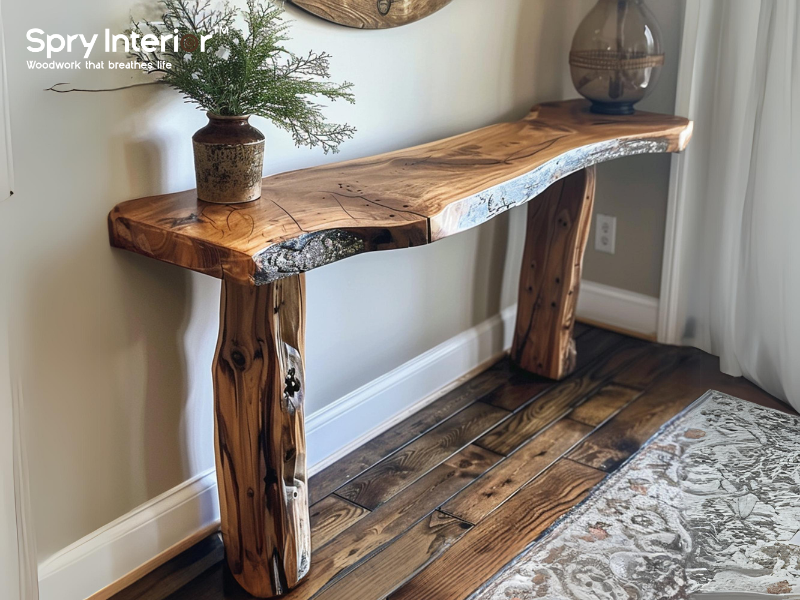
Leave a comment
This site is protected by hCaptcha and the hCaptcha Privacy Policy and Terms of Service apply.